Name the elements with the following symbols.
(a) C (b) N (c ) Si (d) Br
(e ) Cl (f) Ag (g) W (h) Hg
(i) Co (j) Cr
To answer the question regarding the names of elements corresponding to the given symbols, we will list each symbol and its corresponding element name step by step.
1. Identify the first symbol: C
- The element with the symbol C is Carbon.
2. Identify the second symbol: N
- The element with the symbol N is Nitrogen.
3. Identify the third symbol: Si
- The element with the symbol Si is Silicon.
4. Identify the fourth symbol: Br
- The element with the symbol Br is Bromine.
5. Identify the fifth symbol: Cl
- The element with the symbol Cl is Chlorine.
6. Identify the sixth symbol: Ag
- The element with the symbol Ag is Silver. (This symbol comes from the Latin word "Argentum".)
7. Identify the seventh symbol: W
- The element with the symbol W is Tungsten. (This symbol comes from the old name "Wolfram".)
8. Identify the eighth symbol: Hg
- The element with the symbol Hg is Mercury. (This symbol comes from the Latin word "Hydrargyrum".)
9. Identify the ninth symbol: Co
- The element with the symbol Co is Cobalt.
10. Identify the tenth symbol: Cr
- The element with the symbol Cr is Chromium.
Final List of Elements:
- (a) C - Carbon
- (b) N - Nitrogen
- (c) Si - Silicon
- (d) Br - Bromine
- (e) Cl - Chlorine
- (f) Ag - Silver
- (g) W - Tungsten
- (h) Hg - Mercury
- (i) Co - Cobalt
- (j) Cr - Chromium
- The element with the symbol C is Carbon.
- The element with the symbol N is Nitrogen.
- The element with the symbol Si is Silicon.
- The element with the symbol Br is Bromine.
- The element with the symbol Cl is Chlorine.
- The element with the symbol Ag is Silver. (This symbol comes from the Latin word "Argentum".)
- The element with the symbol W is Tungsten. (This symbol comes from the old name "Wolfram".)
- The element with the symbol Hg is Mercury. (This symbol comes from the Latin word "Hydrargyrum".)
- The element with the symbol Co is Cobalt.
- The element with the symbol Cr is Chromium.
- (a) C - Carbon
- (b) N - Nitrogen
- (c) Si - Silicon
- (d) Br - Bromine
- (e) Cl - Chlorine
- (f) Ag - Silver
- (g) W - Tungsten
- (h) Hg - Mercury
- (i) Co - Cobalt
- (j) Cr - Chromium
Topper's Solved these Questions
- LANGUAGE OF CHEMISTRY AND CHANGES AROUND US Book:PEARSON IIT JEE FOUNDATIONChapter:LANGUAGE OF CHEMISTRY AND CHANGES AROUND US Exercise:Crossword
Explore 2 Videos
- LANGUAGE OF CHEMISTRY AND CHANGES AROUND US Book:PEARSON IIT JEE FOUNDATIONChapter:LANGUAGE OF CHEMISTRY AND CHANGES AROUND US Exercise:TEST YOUR CONCEPTS (VERY SHORT ANSWER TYPE QUESTIONS) FILL IN THE BLANKS
Explore 13 Videos
- LANGUAGE OF CHEMISTRY AND CHANGES AROUND US Book:PEARSON IIT JEE FOUNDATIONChapter:LANGUAGE OF CHEMISTRY AND CHANGES AROUND US Exercise:Concept Application
Explore 10 Videos
- AMAZING AIRBook:PEARSON IIT JEE FOUNDATIONChapter:AMAZING AIRExercise:Crossword
Explore 1 Video
- MYSTERY OF MATTER Book:PEARSON IIT JEE FOUNDATIONChapter:MYSTERY OF MATTER Exercise:CROSSWORD
Explore 1 Video
Similar Questions
Name the method of refining of the following metals :
(a) Hg (b) Sn (c) Cu (d) Ge (e) Ni (f) Zr
View SolutionName the element represented by the following symbols :
Hg,Pb,Au,Ag,Sn
View SolutionPredict the highest and lowest possible oxidation state of each of the following elements:
(a) Ta, 9b) Te, (c) Tc, (d)Ti, (e) Tl
(f) N, (g) P, (h)F,(i)Cl,(j)Zn<br>(k)C.
View SolutionAmong the following elements how many of them are inner transition elements ?
(a) Sg , (b) Bk, (c ) Er , (d) Em
(e) Fe , (f) Pb , (g) Cr , (h) Ca
(i) Ar , (j) Zr , (k) Ce
View SolutionLet A={a,b,c,d,e,f}, B={c,d,e,g} and C ={b,c,f,g} be subsets of the set U={a,b,c,d,e,f,g,h}. Draw Venn diagrams to represent the following sets: (i) A∩B (ii)A∪(B∩C) (iiI) A−B (iv) B−A (v) A−(B∩C) (vi) (B−C)∪(C−B)
View SolutionWrite the symbols for the following elements.
(a) Boron (b) Sulphur
(c ) Argon (d) Calcium
(e) Selenium (f) Copper
(g) Lead (h) Barium
View SolutionWrite the symbols for the following elements.
(a) Boron (b) Sulphur
(c ) Argon (d) Calcium
View SolutionWhich of the following show G.I.?
a.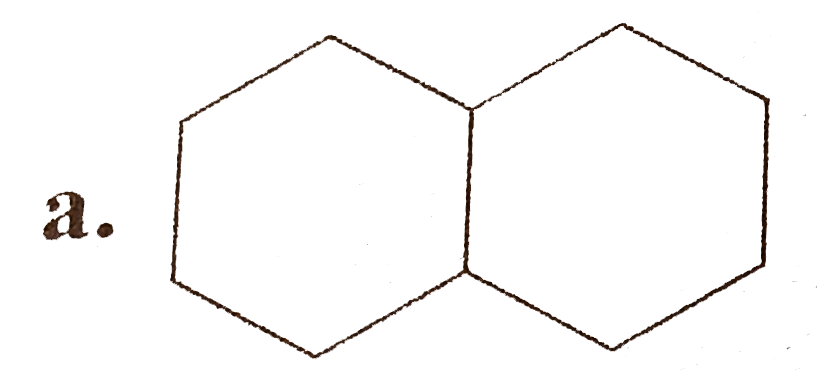
b.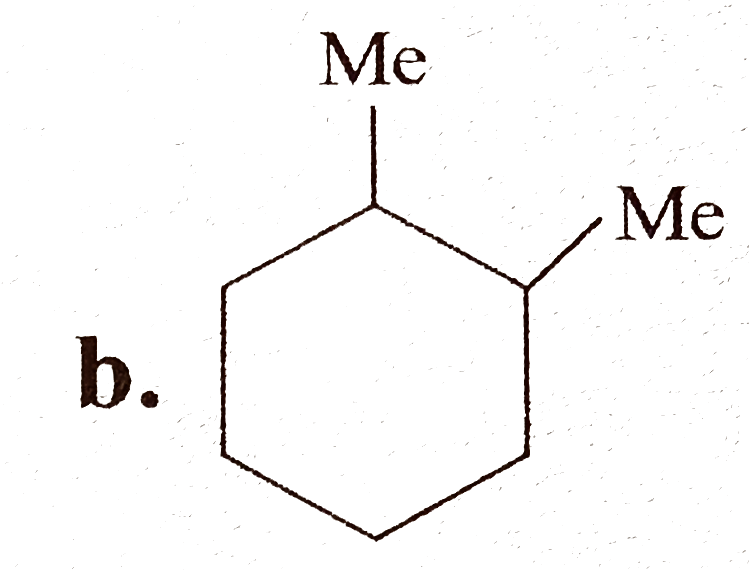
c.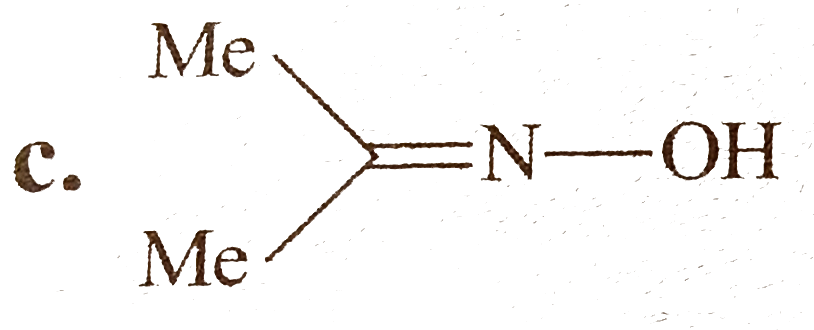
d.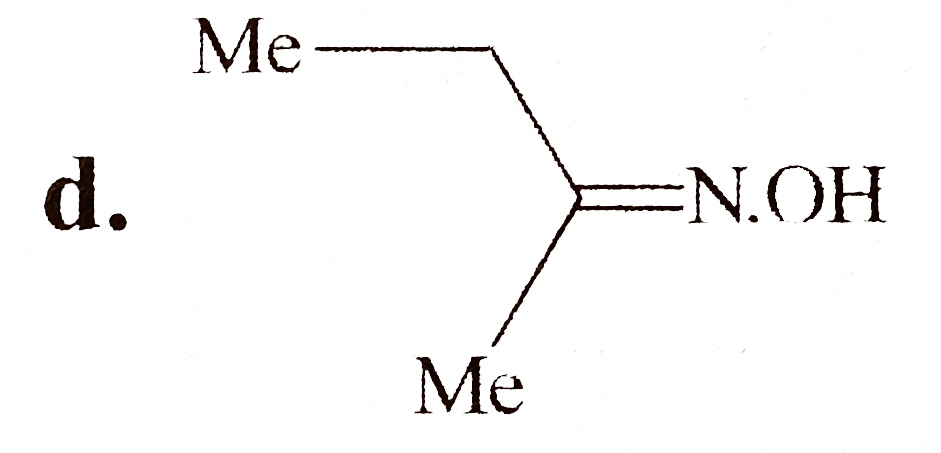
e.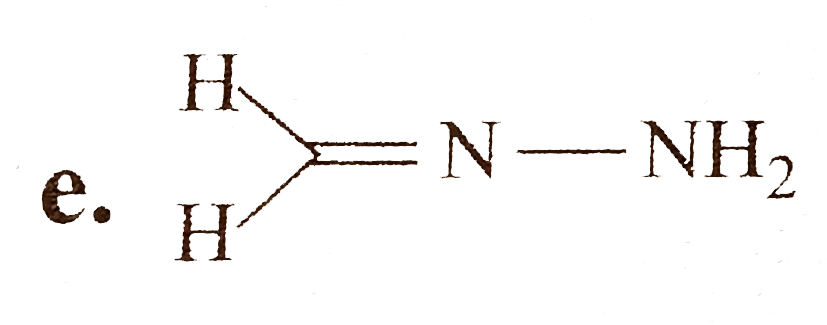
f.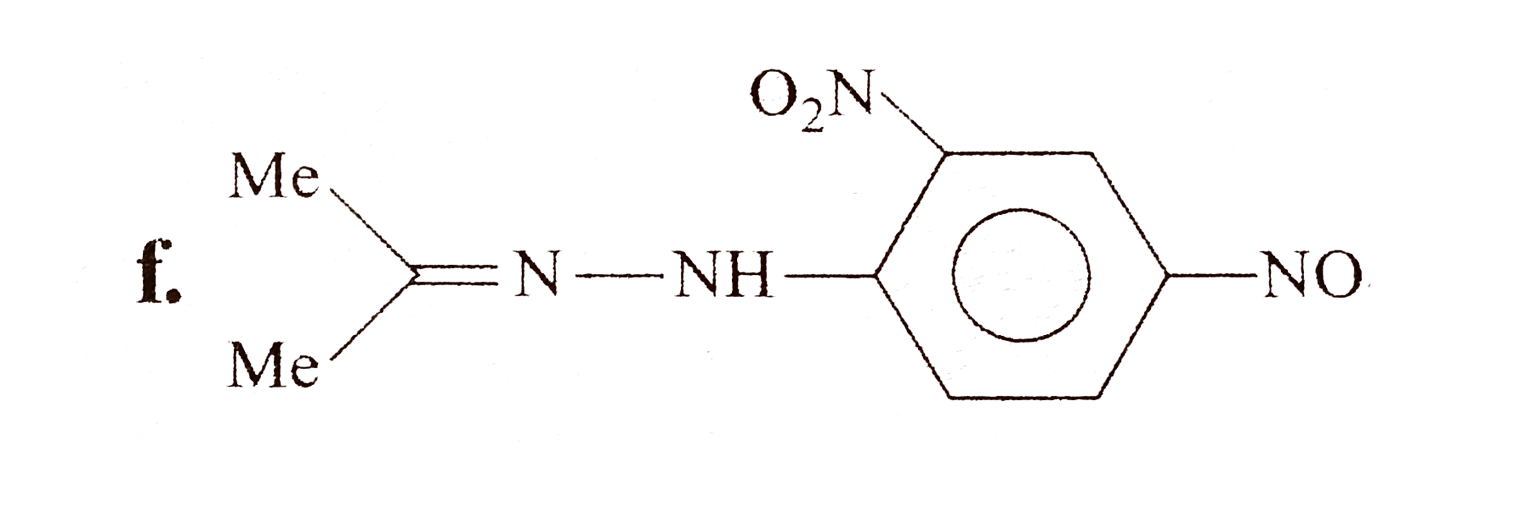
g.
h.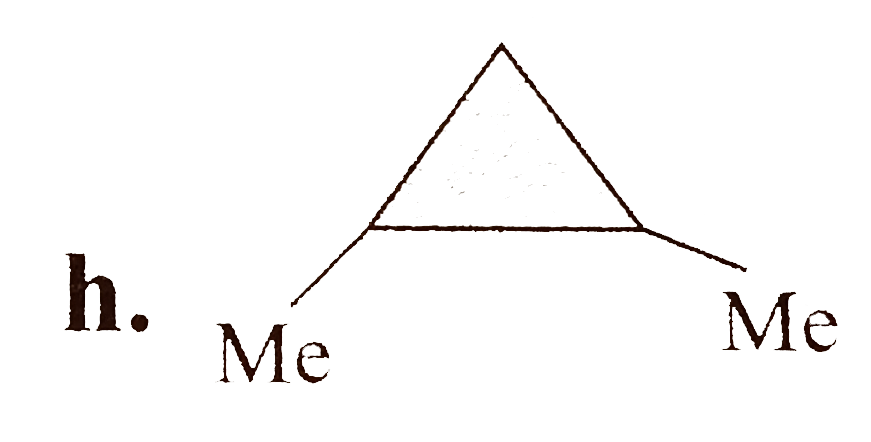
i.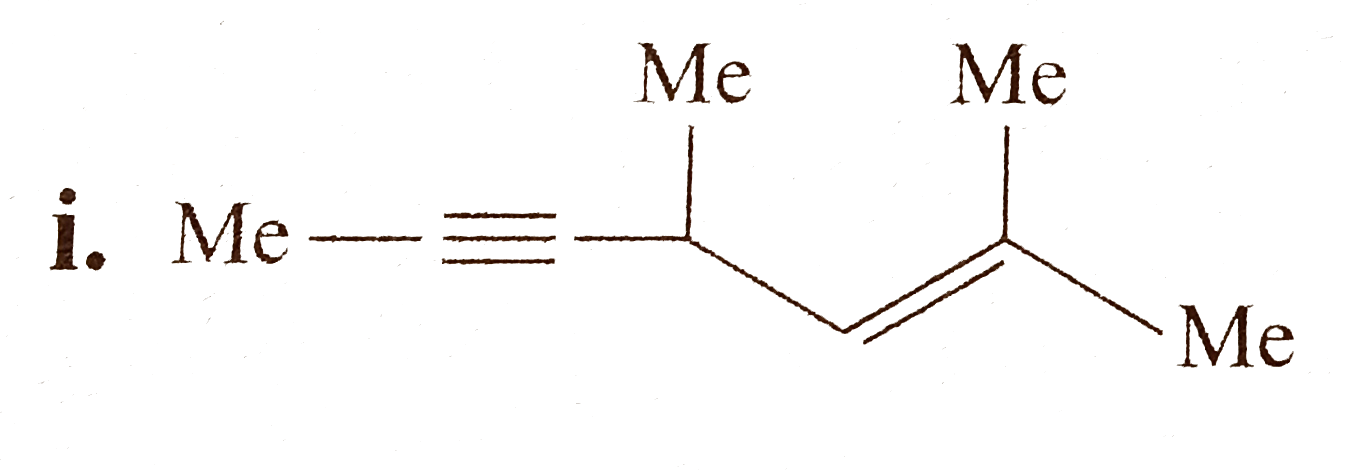
j.
k.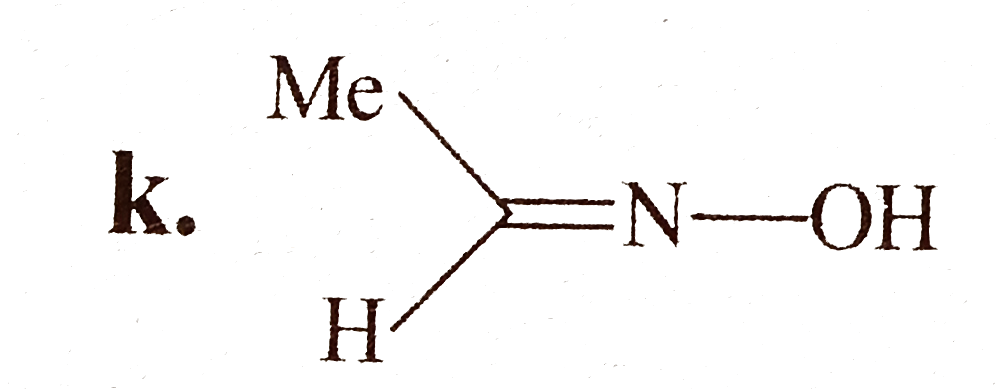
l.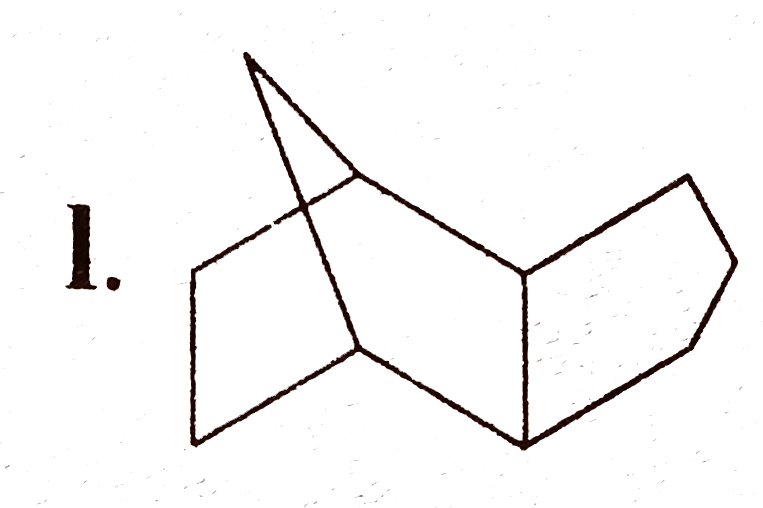
View SolutionThe increasing order of the atomic radii of the following elements is :
(a) C (b) O(c) F(d) ( e) Br
View SolutionAn angle is double of its supplement. The measure of the angle is (a) (b)(c)(d)(e)60(f)0(g)(h) (i) (j) (b) (k)(l)(m)(n)120(o)0(p)(q)(r) (s) (t) ( u ) (v) (w) (x) 40^(( y )0( z ))( a a ) (bb) (cc) (d) (dd)(ee)(ff)(gg)80(hh)0(ii)(jj)(kk) (ll)
View Solution
